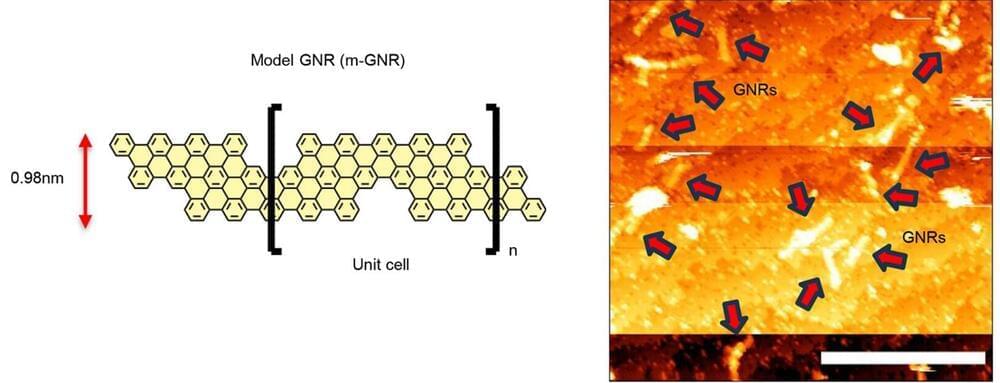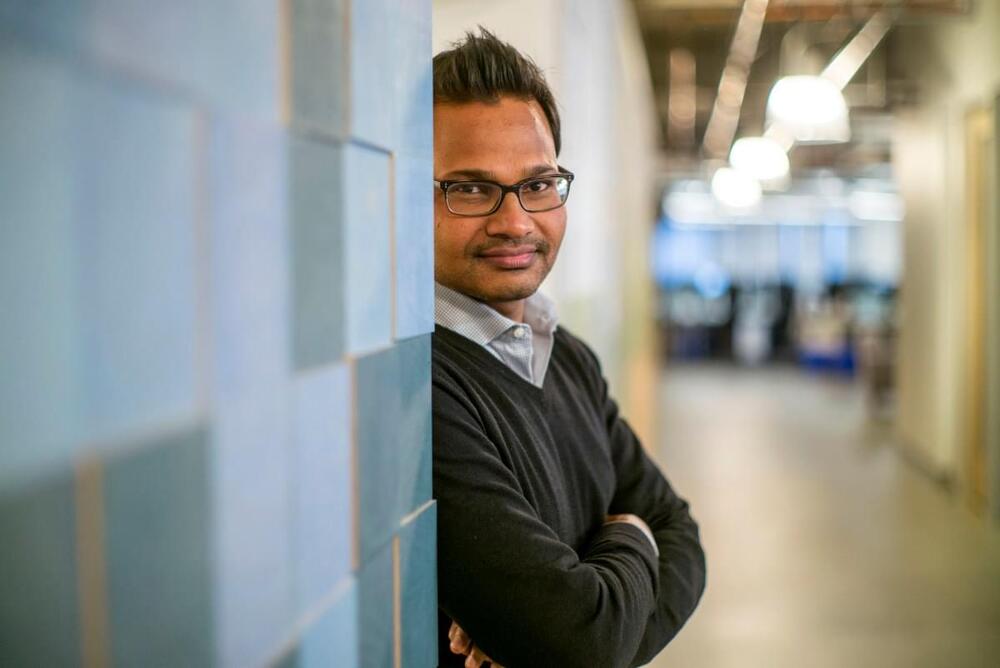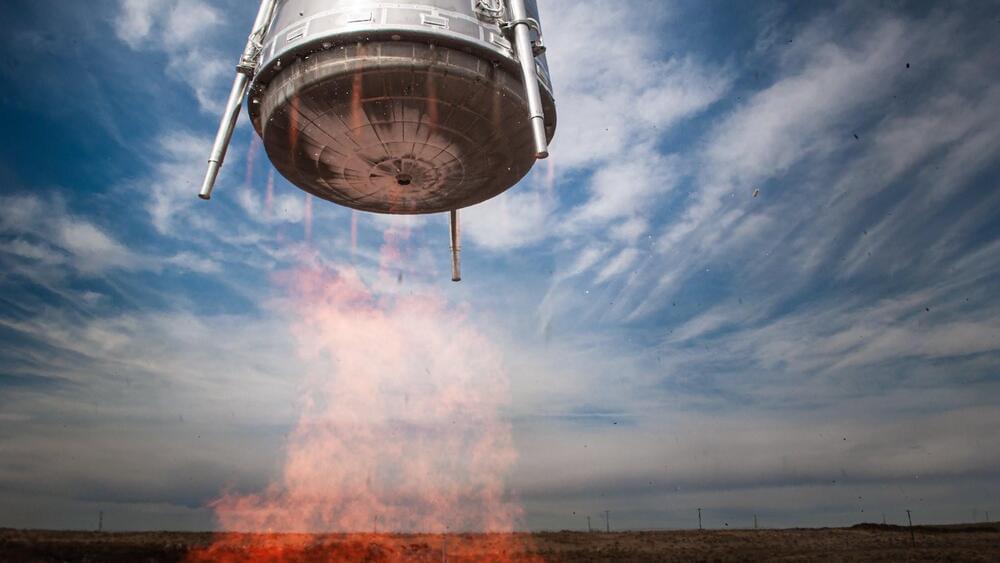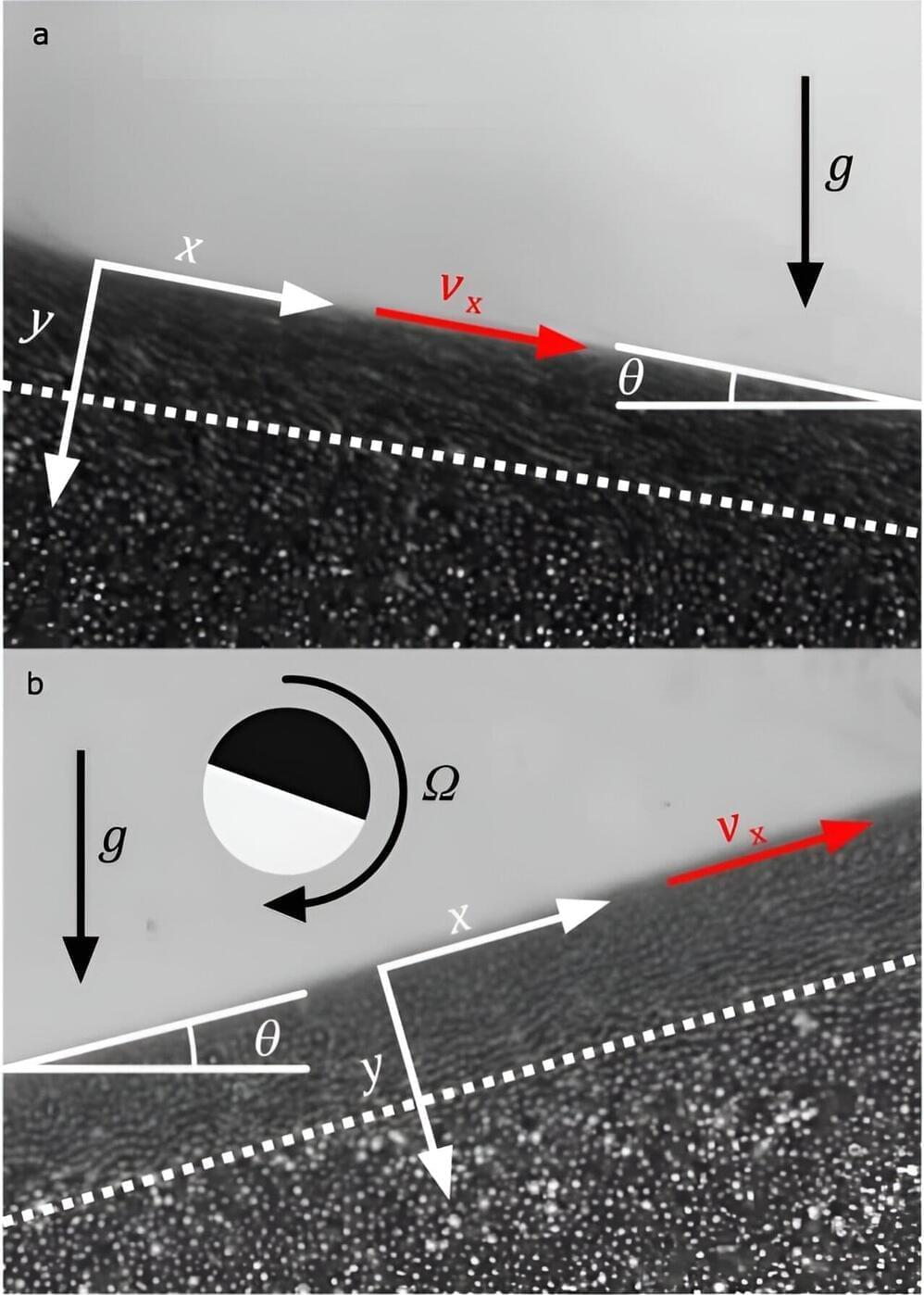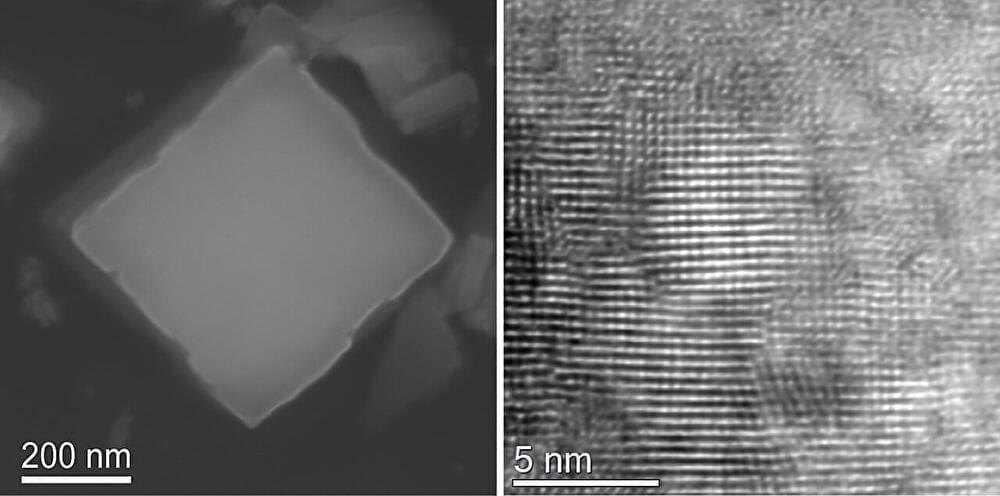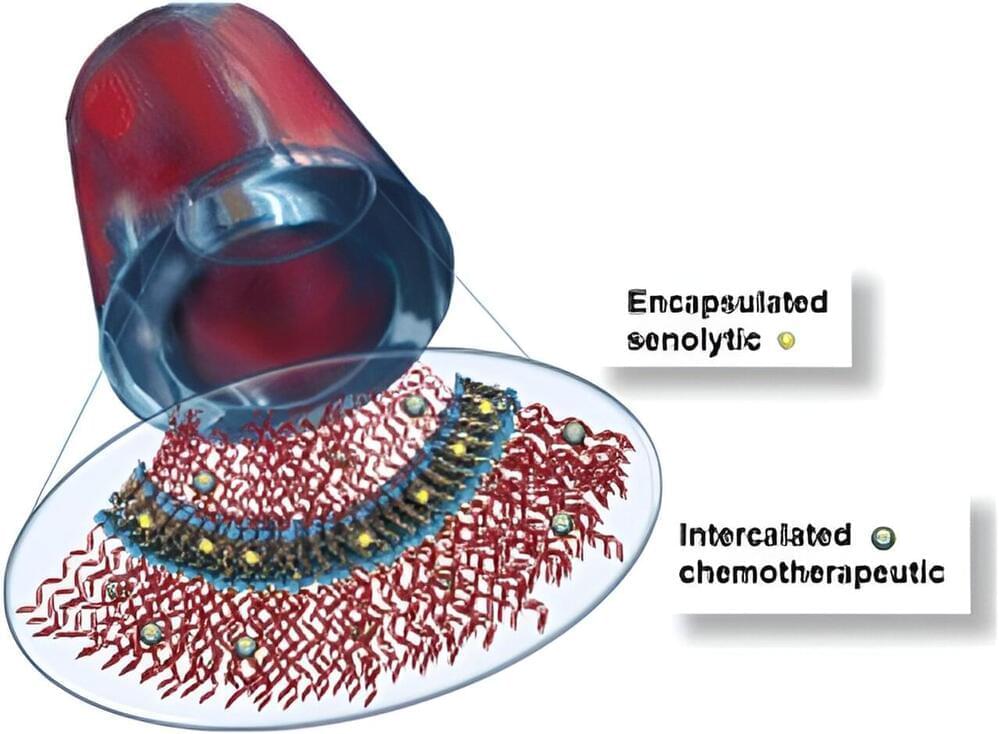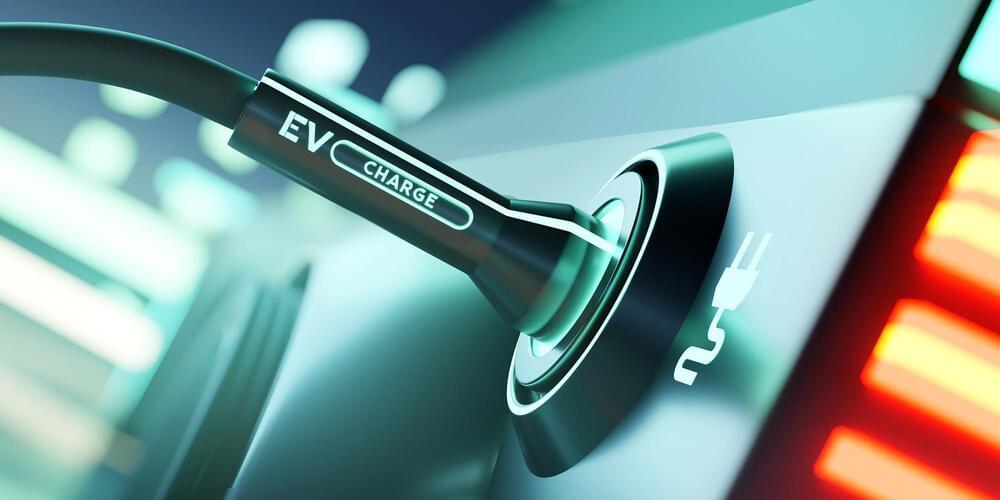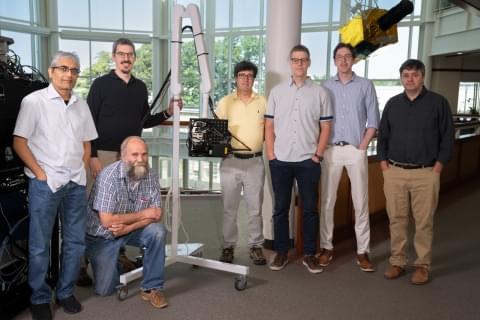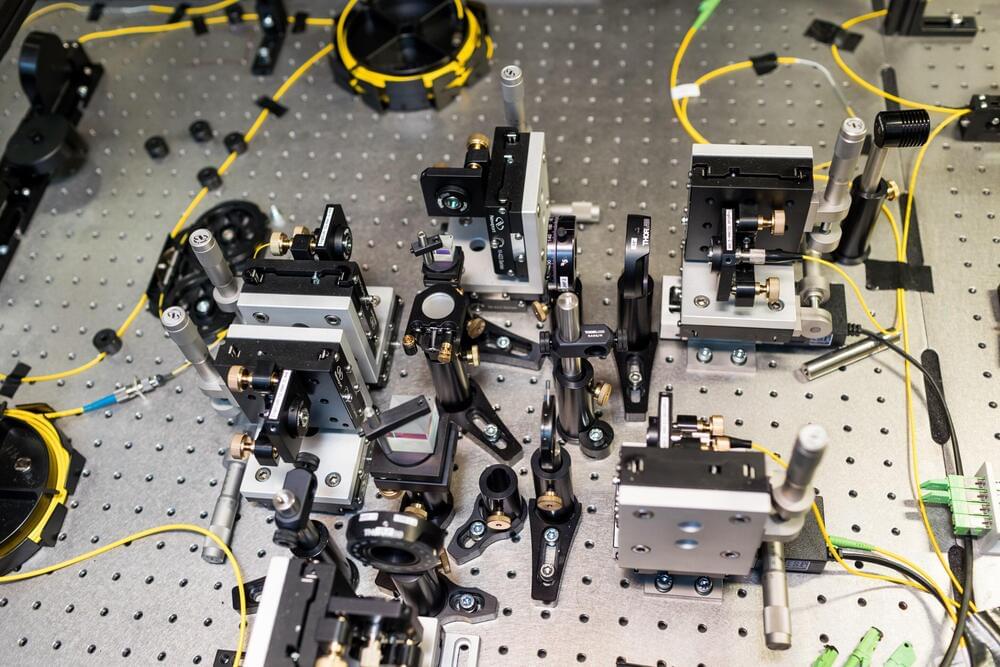Sep 21, 2023
Making contact: Researchers wire up individual graphene nanoribbons
Posted by Dan Breeden in categories: computing, engineering
Researchers have developed a method of “wiring up” graphene nanoribbons (GNRs), a class of one-dimensional materials that are of interest in the scaling of microelectronic devices. Using a direct-write scanning tunneling microscopy (STM) based process, the nanometer-scale metal contacts were fabricated on individual GNRs and could control the electronic character of the GNRs.
The researchers say that this is the first demonstration of making metal contacts to specific GNRs with certainty and that those contacts induce device functionality needed for transistor function.
The results of this research, led by electrical and computer engineering (ECE) professor Joseph Lyding, along with ECE graduate student Pin-Chiao Huang and materials science and engineering graduate student Hongye Sun, were recently published in the journal ACS Nano.
